A Short Guide To Preventing YouTube Copyright Strikes On Your Marketing Videos
by Lewis Dillingham on 02-Apr-2018 10:30:00
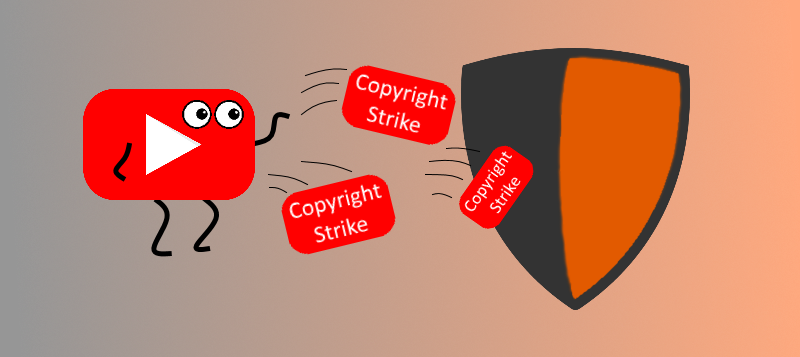
YouTube is a great resource that every business can make use of, however, if you don't know the rules you may end up doing more harm than good. As a platform designed around content creation, YouTube has to take certain steps to protect their content creators in order to maintain a healthy stream of videos and allow its users to make a good revenue.
The way YouTube protects its creators is via Copyright Strikes.
What Are Copyright Strikes?
YouTube is in a rather unique position as a social media platform as while its main function is to stockpile enjoyable video content for consumers, it can also be used by content creators to bring in additional revenue or even allow committed individuals to post on YouTube as a full-time job.
The way creators make money is through Ad revenue. When they achieve a strong following on their channel (4000 hours watch over 12 months & 1000+ subscribers) they are given the option of placing adverts on their videos. Each person that then watches the video and sees the Ad, results in the creator getting Ad revenue.
Now, this is where Copyright Strikes come into play. When you upload a video to YouTube, you are saying that everything in the video is your own work. If you use video footage or music that belongs to someone else and don't have permission to use it, you will be making money from someone else's work. In the event of this, the original creator of the content can place a copyright strike on your video.
This can result in a few different outcomes:
- They can use the copyright strike to stop your video from being live on YouTube.
- They can place a permanent strike on your channel (Get three and you're out. Your account is closed)
- They can place their Ad revenue on your videos and claim all the money for themselves.
It's easy to see why any of these could be a big problem. If your video is prevented from anyone seeing it then you will have wasted resources making it. If you gain a strike on your account you could potentially get your account banned and lose ALL your videos and subscribers. And if they place Ads on your video you will be only making money for someone else and the Ads themselves will often be for a competitor as YouTube tries to show Ads that are relevant to the video.
Why Might You Get A Copyright Strike?
The most common reason a business will receive a Copyright Strike is that they place music on their video that they don't own. It is often easy to overlook this as those that aren't YouTube savvy will simple throw on a song that they like and call it a day. Well, 9/10 this results in the composer of the music giving you a strike and claiming all the revenue on your video. Back in 2016, singer Taylor Swift tried to take on YouTube and placed copyright strikes on hundreds of videos containing her music. And she was fully within her rights to do this as they never had permission to use her songs.
Images and video are slightly less straightforward than music as there are certain situations in which you can use footage/images that aren't your own. While usually (and I recommend this) you should only use your own content, the Fair Use Act means that any copying of copyrighted material done for a limited and “transformative” purpose, such as to comment upon, criticize, or parody a copyrighted work. This means reviews, parodies, and other transformative videos can use the content without being open to copyright strikes. As a business, this also means you can't go around giving copyright strikes to every bad video review you might get.
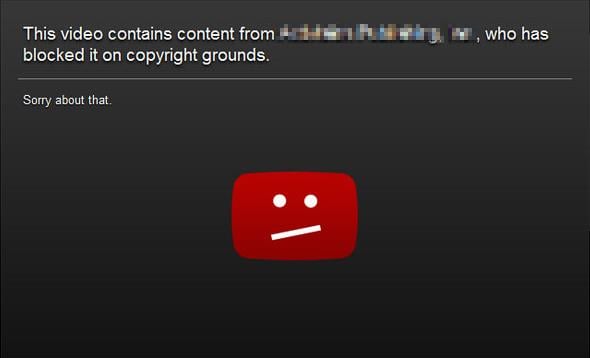
How To Prevent Copyright Strikes
The simple answer to this question is to only use your own content in your videos. This would absolutely guarantee you would not get any Copyright Strikes. However, admittedly, sometimes using content found elsewhere is needed and in these situations, there are a few things we can do to reduce the threat of strikes.
For music, many artists will have a selection of songs that can be purchased for commercial use and some will ask for only a reference in your description stating that you got the music from them. If you cannot see these options there's no harm in contacting the musician and asking whether you can use their content. If you plan on releasing regular videos, it would definitely be worth having some brand music put together that you can put on all your videos. If you're really struggling, YouTube has a collection of free, copyright free music that you can use as much as you need.
It's rare that a business would be reviewing or parodying another product or service so it's likely that Fair Use won't affect your videos. With that in mind, using public domain images and buying stock footage should allow you to get whatever you need that you can't record yourself.
If you need additional advice about your content marketing plan, contact the JDR Group via our website or call us on 01332 343 281.
- Inbound Marketing (SEO, PPC, Social Media, Video) (818)
- Strategy (360)
- Marketing Automation & Email Marketing (190)
- Sales & CRM (190)
- Business Growth (161)
- Website Design (160)
- Hubspot (135)
- Lead Generation (113)
- Google Adwords (98)
- Content Marketing (94)
- News (47)
- Case Studies (46)
- Conversion (44)
- Ecommerce (38)
- Webinars (33)
- SEO (23)
- AI (19)
- Events (19)
- Video (17)
- LinkedIn Advertising (15)
- Video Selling (15)
- Software training (13)
- Niche business marketing (11)
- The Digital Prosperity Podcast (10)
- Facebook Advertising (6)
- HubSpot Case Studies (4)
- November 2025 (4)
- October 2025 (17)
- September 2025 (16)
- August 2025 (14)
- July 2025 (14)
- June 2025 (5)
- May 2025 (19)
- April 2025 (15)
- March 2025 (13)
- February 2025 (13)
- January 2025 (8)
- December 2024 (2)
- November 2024 (4)
- October 2024 (21)
- September 2024 (4)
- August 2024 (8)
- July 2024 (14)
- June 2024 (16)
- May 2024 (25)
- April 2024 (15)
- March 2024 (18)
- February 2024 (5)
- January 2024 (10)
- December 2023 (6)
- November 2023 (10)
- October 2023 (13)
- September 2023 (12)
- August 2023 (14)
- July 2023 (13)
- June 2023 (14)
- May 2023 (15)
- April 2023 (13)
- March 2023 (14)
- February 2023 (13)
- January 2023 (15)
- December 2022 (13)
- November 2022 (6)
- October 2022 (8)
- September 2022 (22)
- August 2022 (15)
- July 2022 (13)
- June 2022 (16)
- May 2022 (14)
- April 2022 (16)
- March 2022 (17)
- February 2022 (11)
- January 2022 (8)
- December 2021 (6)
- November 2021 (7)
- October 2021 (11)
- September 2021 (10)
- August 2021 (7)
- July 2021 (7)
- June 2021 (4)
- May 2021 (4)
- April 2021 (1)
- March 2021 (3)
- February 2021 (5)
- January 2021 (4)
- December 2020 (7)
- November 2020 (6)
- October 2020 (5)
- September 2020 (9)
- August 2020 (18)
- July 2020 (17)
- June 2020 (17)
- May 2020 (10)
- April 2020 (21)
- March 2020 (24)
- February 2020 (21)
- January 2020 (12)
- December 2019 (23)
- November 2019 (12)
- October 2019 (14)
- September 2019 (16)
- August 2019 (15)
- July 2019 (13)
- June 2019 (6)
- May 2019 (8)
- April 2019 (4)
- March 2019 (2)
- February 2019 (2)
- January 2019 (2)
- December 2018 (3)
- November 2018 (24)
- September 2018 (11)
- August 2018 (9)
- June 2018 (3)
- May 2018 (6)
- April 2018 (14)
- March 2018 (12)
- February 2018 (16)
- January 2018 (15)
- December 2017 (15)
- November 2017 (18)
- October 2017 (23)
- September 2017 (19)
- August 2017 (28)
- July 2017 (27)
- June 2017 (25)
- May 2017 (18)
- April 2017 (17)
- March 2017 (16)
- February 2017 (17)
- January 2017 (14)
- December 2016 (21)
- November 2016 (27)
- October 2016 (25)
- September 2016 (16)
- August 2016 (20)
- July 2016 (19)
- June 2016 (14)
- May 2016 (20)
- April 2016 (24)
- March 2016 (22)
- February 2016 (28)
- January 2016 (27)
- December 2015 (28)
- November 2015 (19)
- October 2015 (9)
- September 2015 (12)
- August 2015 (5)
- July 2015 (1)
- June 2015 (10)
- May 2015 (3)
- April 2015 (11)
- March 2015 (14)
- February 2015 (15)
- January 2015 (12)
- December 2014 (2)
- November 2014 (23)
- October 2014 (2)
- September 2014 (2)
- August 2014 (2)
- July 2014 (2)
- June 2014 (7)
- May 2014 (14)
- April 2014 (14)
- March 2014 (7)
- February 2014 (2)
- January 2014 (7)
- December 2013 (9)
- November 2013 (14)
- October 2013 (17)
- September 2013 (3)
- August 2013 (6)
- July 2013 (8)
- June 2013 (4)
- May 2013 (3)
- April 2013 (6)
- March 2013 (6)
- February 2013 (7)
- January 2013 (5)
- December 2012 (3)
- November 2012 (2)
- September 2012 (1)
Subscribe by email
You May Also Like
These Related Blogs
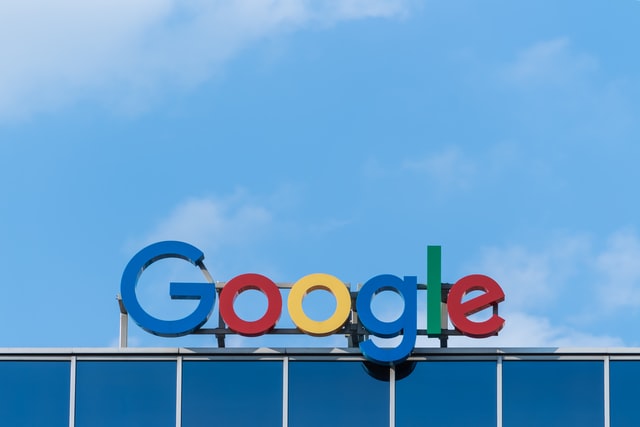
Is YouTube Owned By Google? What The Takeover Means For Your Marketing Strategy
First, to answer the question in the title directly: Yes it is. The video sharing service was set up in 2005 by three former PayPal developers and pur …
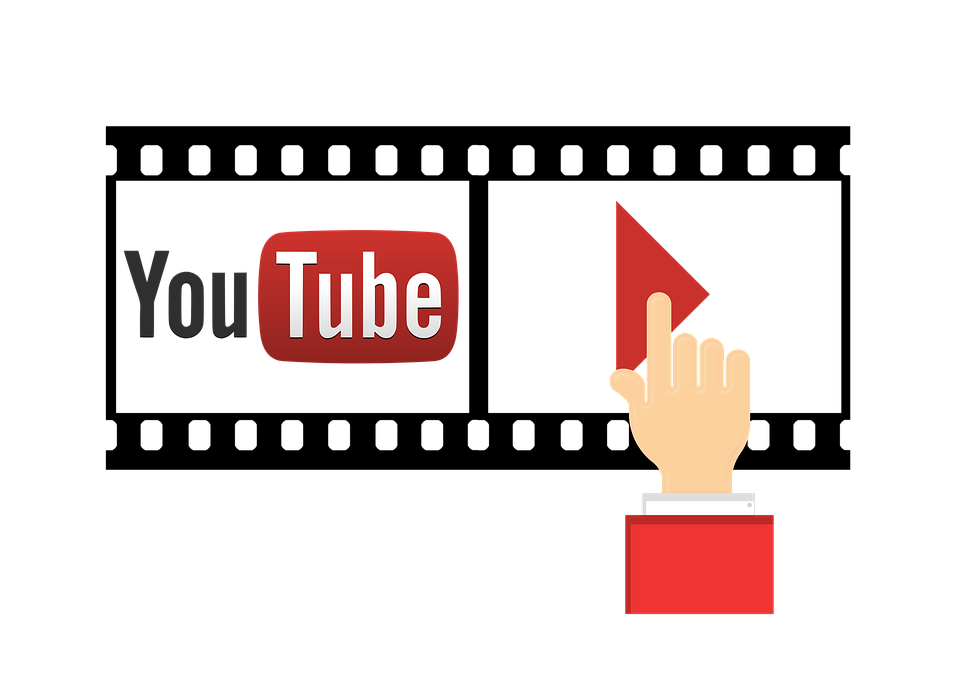
SEO For YouTube: How To Get Maximum Reach For Your Video Content
Next to Google's search results page, YouTube is the largest market for sourcing new potential customers for your company. But YouTube is a busy place …
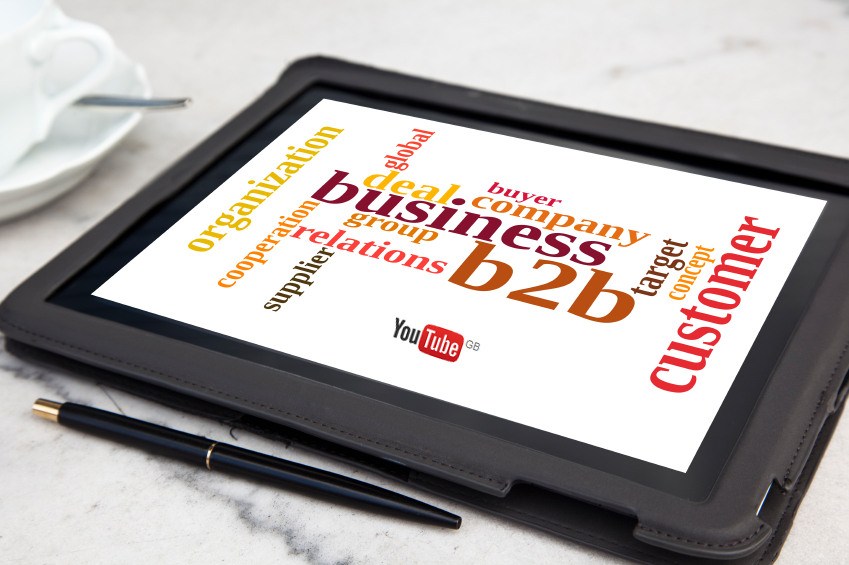
How to Use YouTube for B2B Marketing
More and more B2B marketers are finding success with content marketing by utilising YouTube. In fact, a recent study shows that 76% of B2B marketers i …



